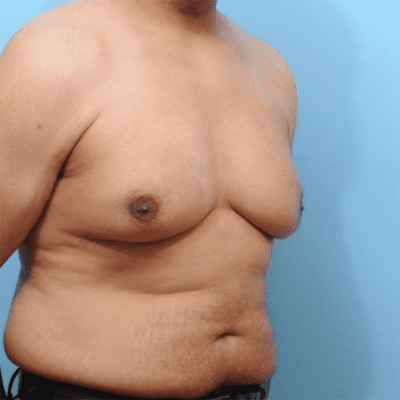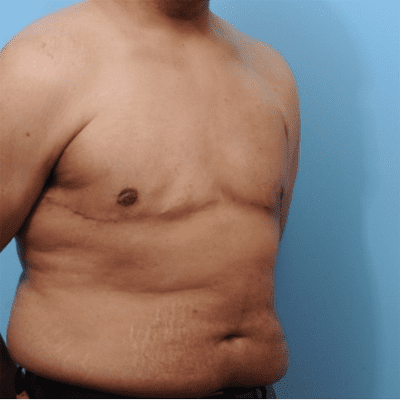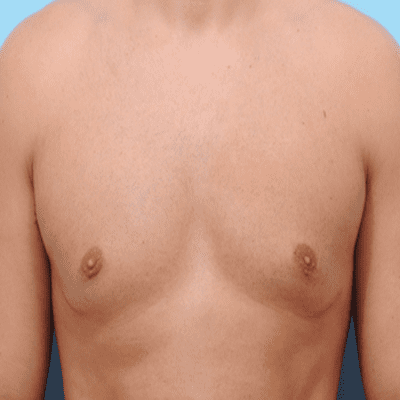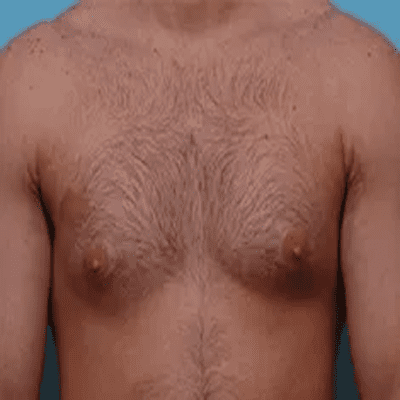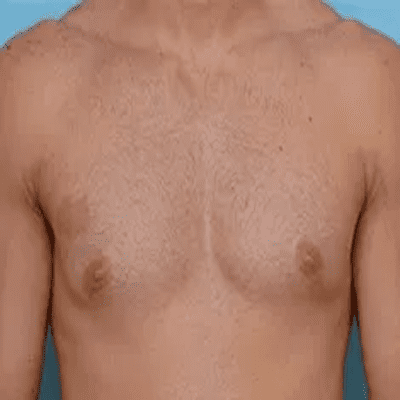Gynecomastia Surgery
- Services
- Breast Procedure
- Gynecomastia Surgery
Information
Gynecomastia Surgery
Males of any age — from adolescents to seniors — can experience gynecomastia or enlarged male breasts. For men suffering from gynecomastia, the problem is often more severe than an aesthetic concern. Many males with gynecomastia, especially teens, suffer from low self-esteem, anxiety and even depression due to the condition. They may avoid engaging in activities that require them to take off their shirts, including swimming or lounging on the beach.
The board-certified plastic surgeons at The Plastic Surgery Group recognize that gynecomastia can negatively impact individuals’ emotional well-being. The good news is that the Plastic Surgery Group offers males in New York City and New Jersey male breast reduction surgery or gynecomastia treatment. Male breast reduction is designed to sculpt the chest area, improving the contour of overly large male breasts. Treating gynecomastia does wonders in improving male patients’ self-esteem, confidence, and overall quality of life.
FAQ
Gynecomastia Surgery Q & A
Often, the onset of gynecomastia occurs during adolescence and may resolve on its own. However, in some cases gynecomastia can persist into adulthood, or develop with advanced age. Gynecomastia is most commonly caused by hormonal fluctuations. In addition, the ongoing use of certain medications (e.g., steroids) can stimulate hormonal changes that cause gynecomastia. Chronic use of certain drugs such as marijuana can also cause the development of gynecomastia, as can major weight fluctuations.
True, or clinical, gynecomastia is characterized by enlarged glandular breast tissue in males. However, some male patients have substantial excess fat in the chest area, which can cause the appearance of male breasts. When excess fat is the culprit behind the appearance of enlarged male breasts, the condition is called “pseudo-gynecomastia.”
During consultation, the New Jersey plastic surgeon listens to patients’ aesthetic concerns and reviews their medical history to determine whether any medical or reversible causes of the male breast enlargement are playing a role in the onset of the condition. The surgeon then performs a physical exam to evaluate the individual’s chest anatomy, specifically assessing the degree of excessive glandular breast tissue, fat and skin present in the chest area. The surgeon also assesses the patient’s skin health (i.e., skin tone and elasticity) to determine which surgical approach is best to achieve an optimal chest contour.
The details of the male breast reduction procedure vary by patient, depending on the individual’s anatomical needs and surgical objectives. In general, gynecomastia surgery is an outpatient procedure, performed under general anesthesia.
For males with enlarged glandular breast tissue, good skin elasticity and minimal excess skin throughout the chest area, the plastic surgeon typically performs liposuction of the chest area. Using liposuction techniques, the surgeon can remove excess glandular tissue and fat, and the elastic skin will shrink back to a smaller size and shape during the recovery period. If, for some reason, excess glandular tissue still remains after liposuction, the surgeon makes a small incision around the outer edge of the areola (the darker-pigmented skin encircling the nipple) to excise the residual tissue.
Some men suffering from gynecomastia have not only enlarged glandular tissue, but also excessively large areolas and / or a minor amount of excess skin the chest area. For these patients, the plastic surgeon first eliminates the enlarged glandular tissue as explained above before making an incision that extends along the outer border of the areola. He or she uses this incision to excise any extra skin from the outer circumference of the areola, reducing the size of the areola, as well as to remove a small degree of excess skin from the chest itself, for optimal chest contouring.
For males with an excessive amount of loose skin in the chest area that has lost its elasticity, the board-certified plastic surgeon must excise the surplus skin to achieve an optimal chest contour. (Men who have undergone major weight loss often have a significant amount of excess skin present in the chest area.) In this case, the surgeon uses a specialized surgical technique to remove an elliptical shape of skin from the lower chest area before raising the nipple-areola complex to a higher, more central location on the chest.
Once the effects of the anesthesia have subsided, the patient is released into the care of an authorized individual, so he can recover in the privacy of his own home. Gynecomastia patients generally need to take about three or four days off from work or their normal routine. They should rest as much as possible and avoid strenuous activity for a few days after surgery.
Patients typically report a mild degree of discomfort throughout the treated area that can be alleviated by taking any medications prescribed by the doctor, as directed. Gynecomastia patients will need to wear a compression garment over the treatment area for several weeks to help minimize swelling and bruising and to provide additional support to the tissues while they heal.
During patients’ follow-up appointments at the Plastic Surgery Group office, the plastic surgeon monitors their progress and lets them know when it is safe to resume their usual activities, including exercise.
BOOK NOW
Make An Appointment
To schedule a private consultation with one of our board-certified plastic surgeons to find out more about male breast reduction surgery, please contact the Plastic Surgery Group by calling (973) 233-1933.

